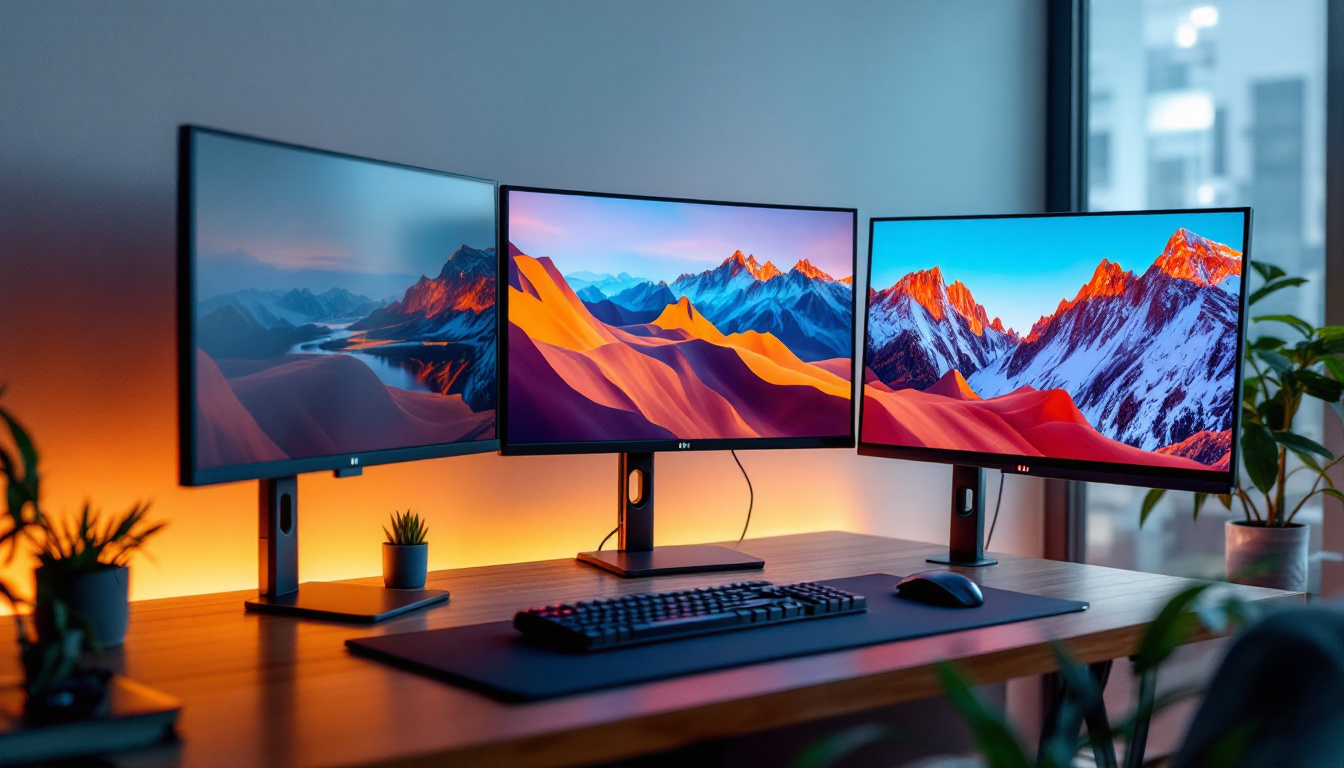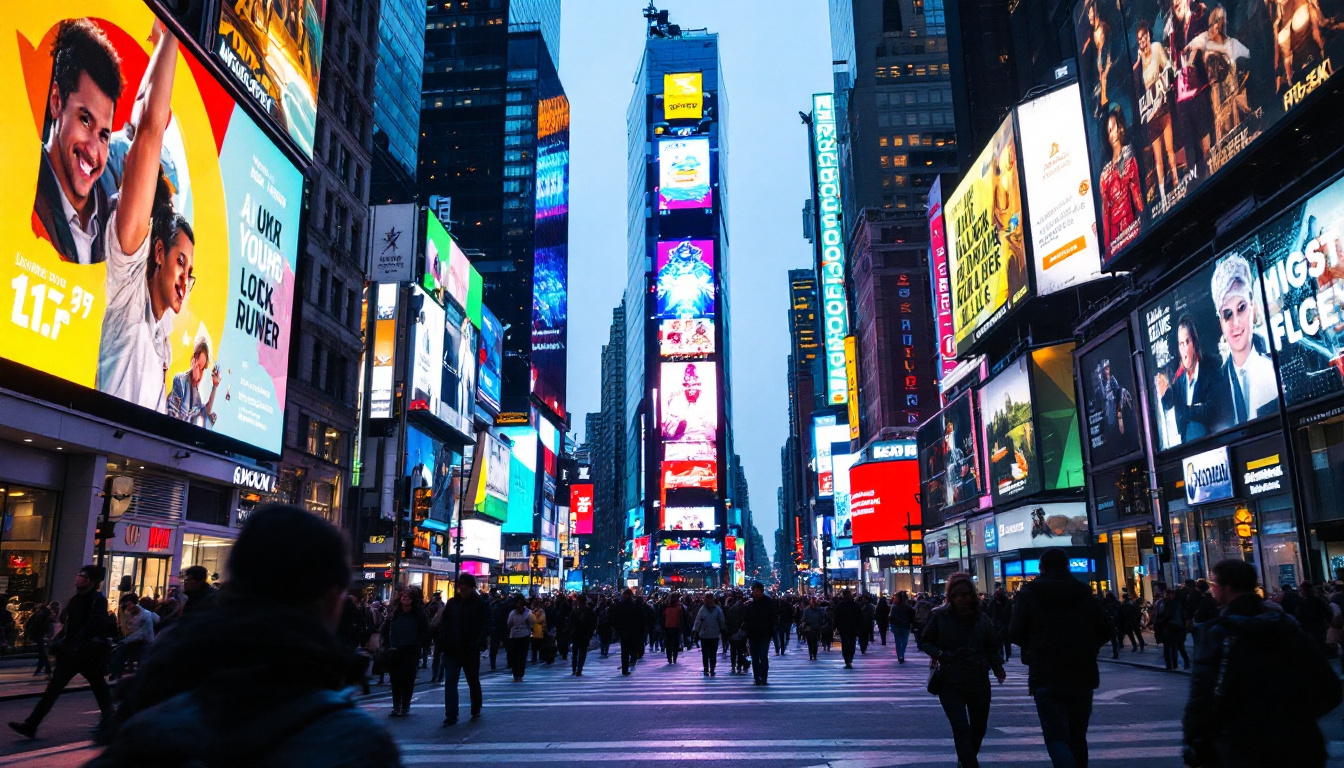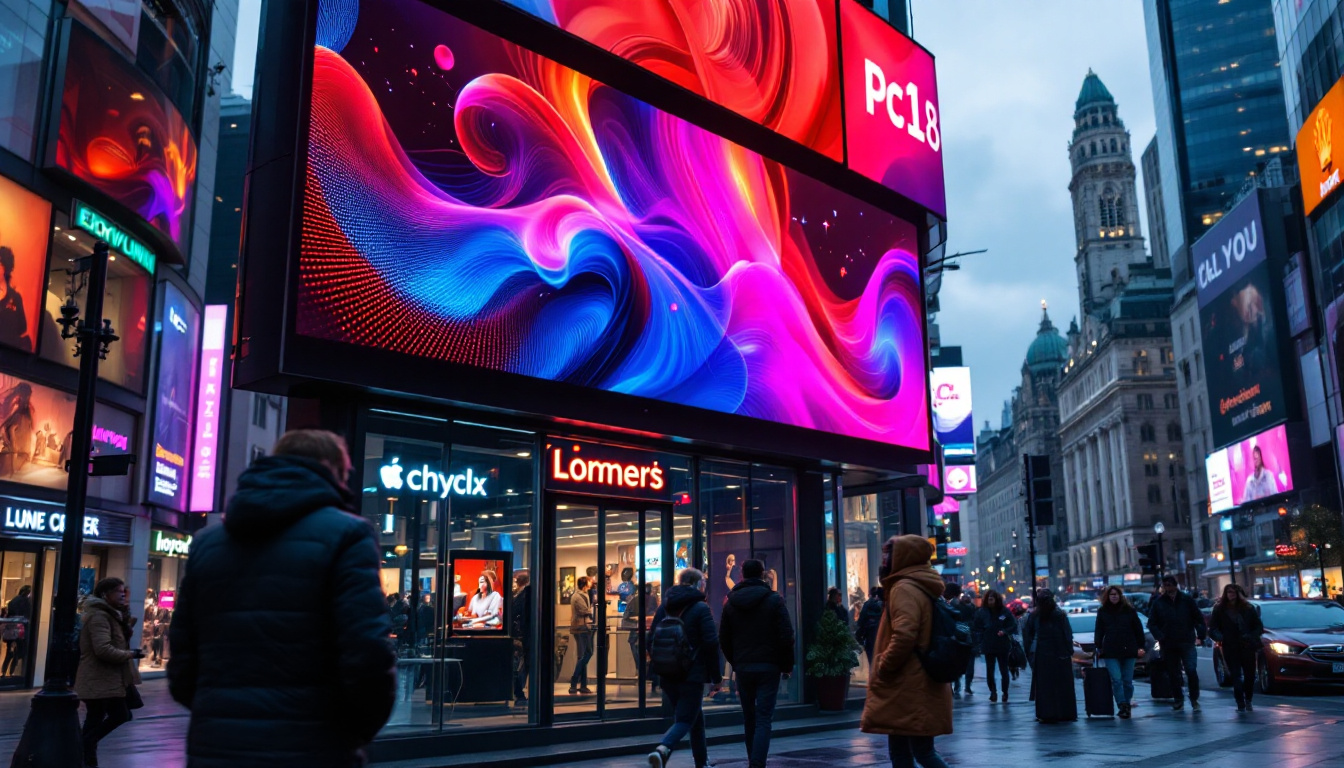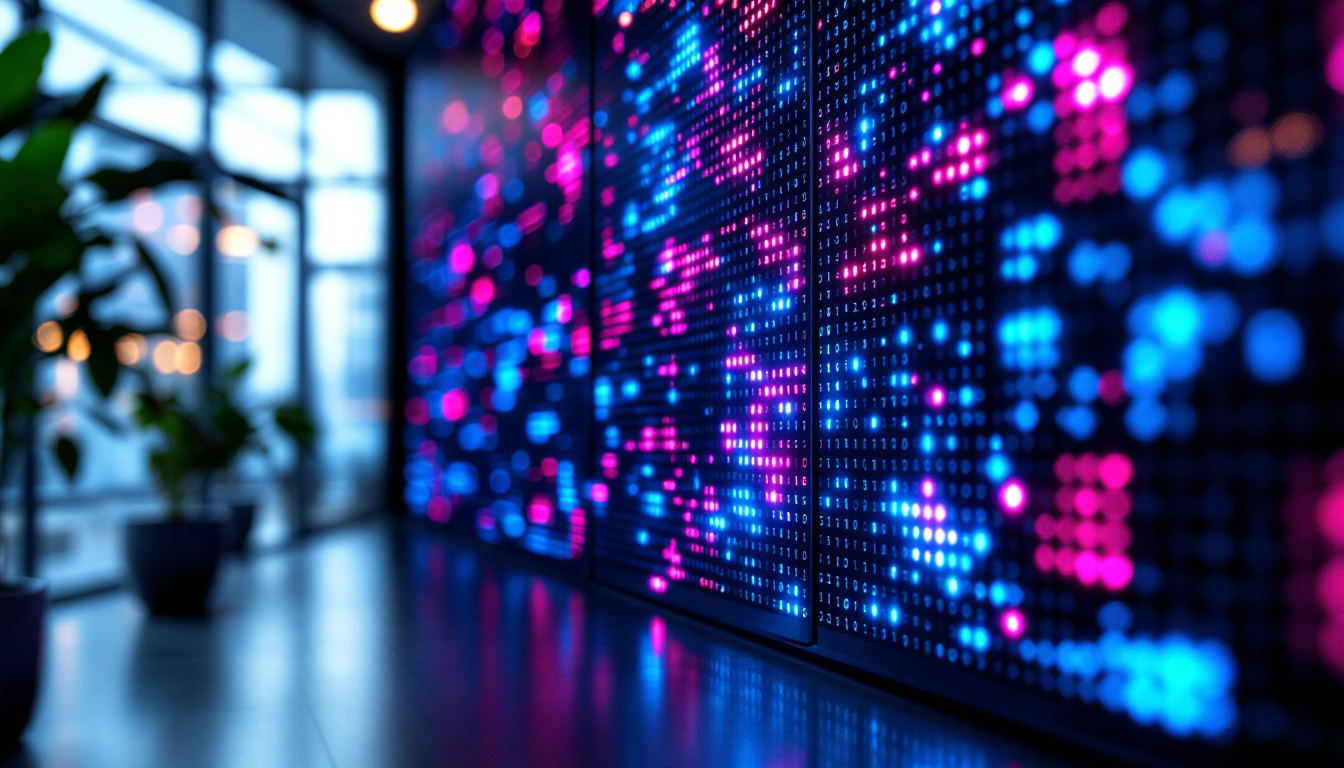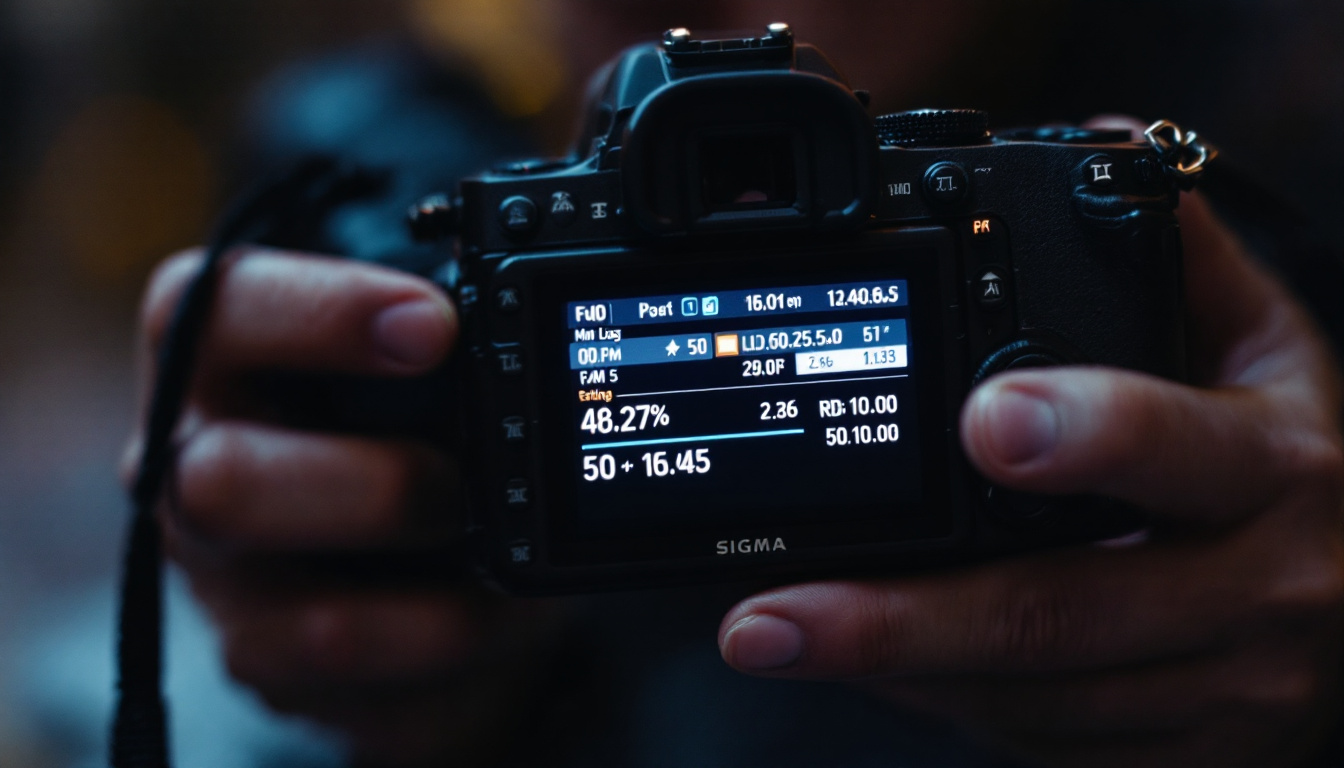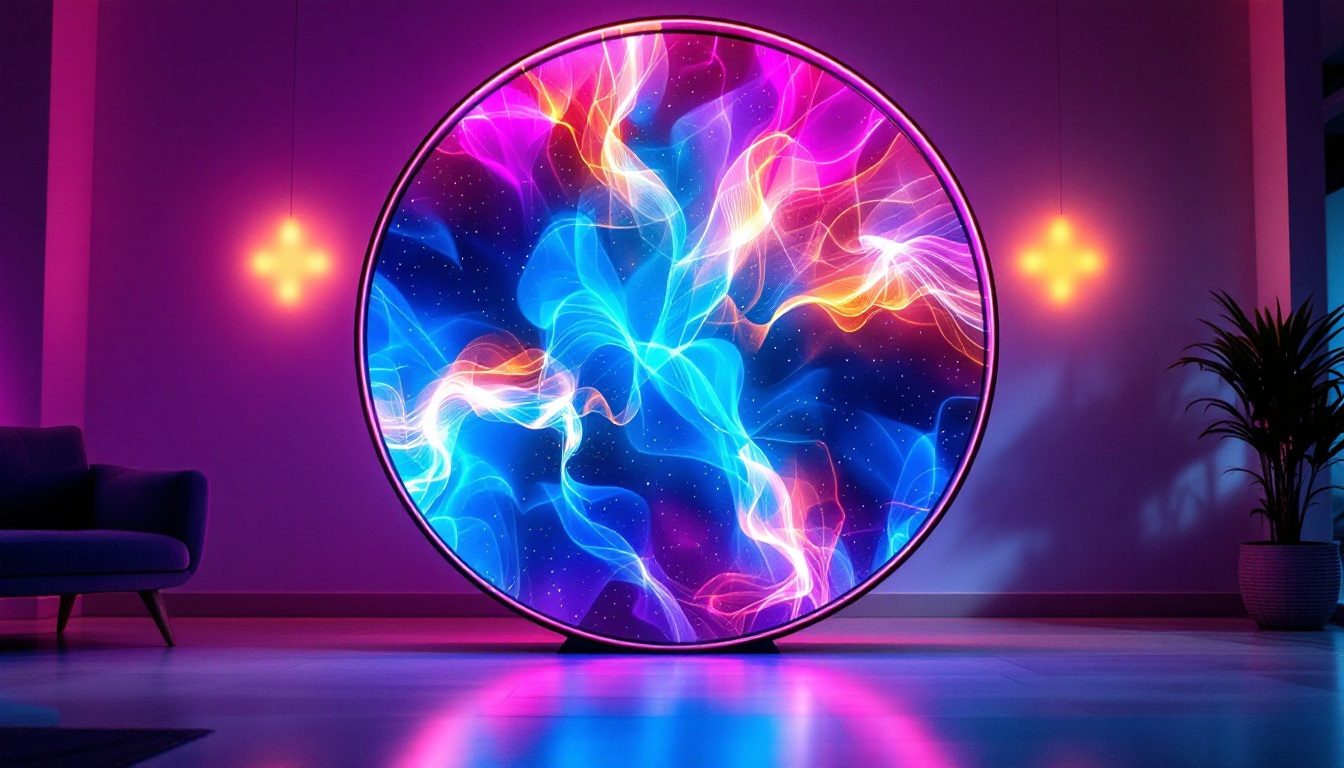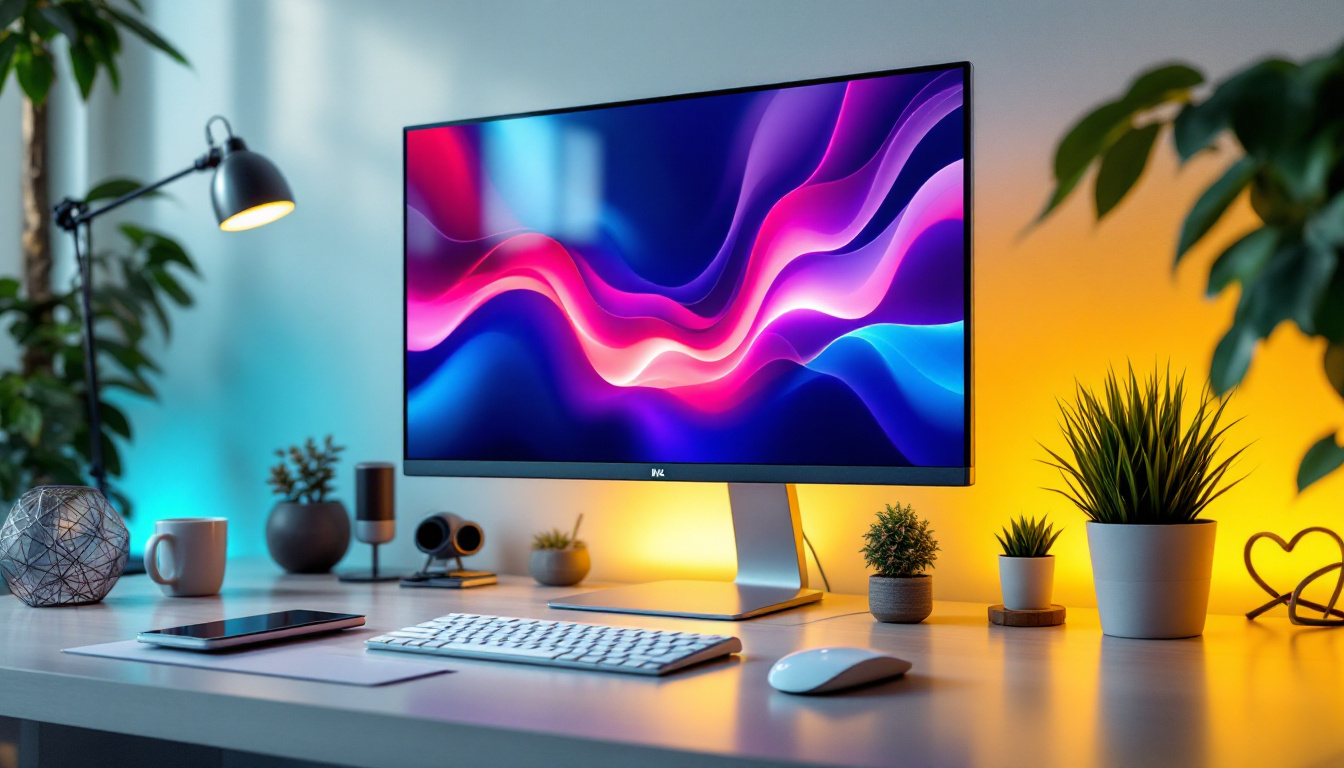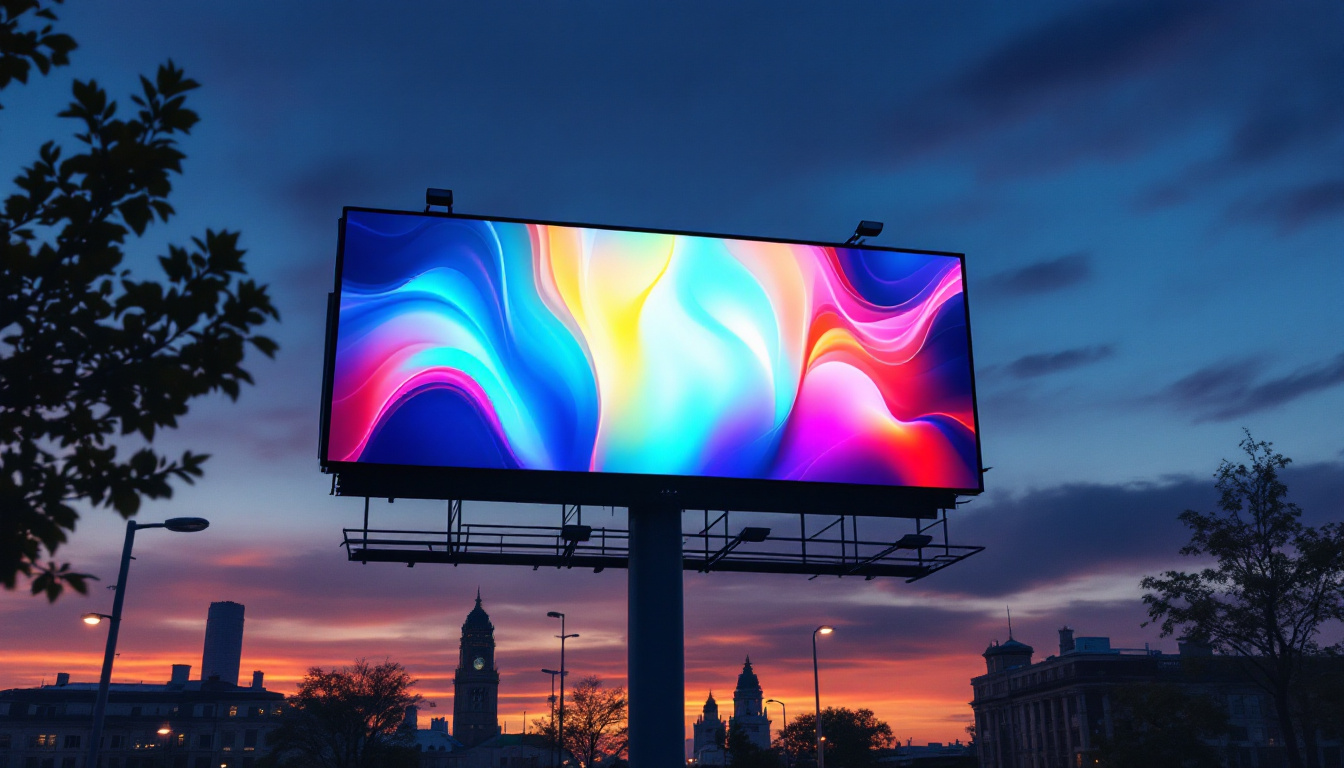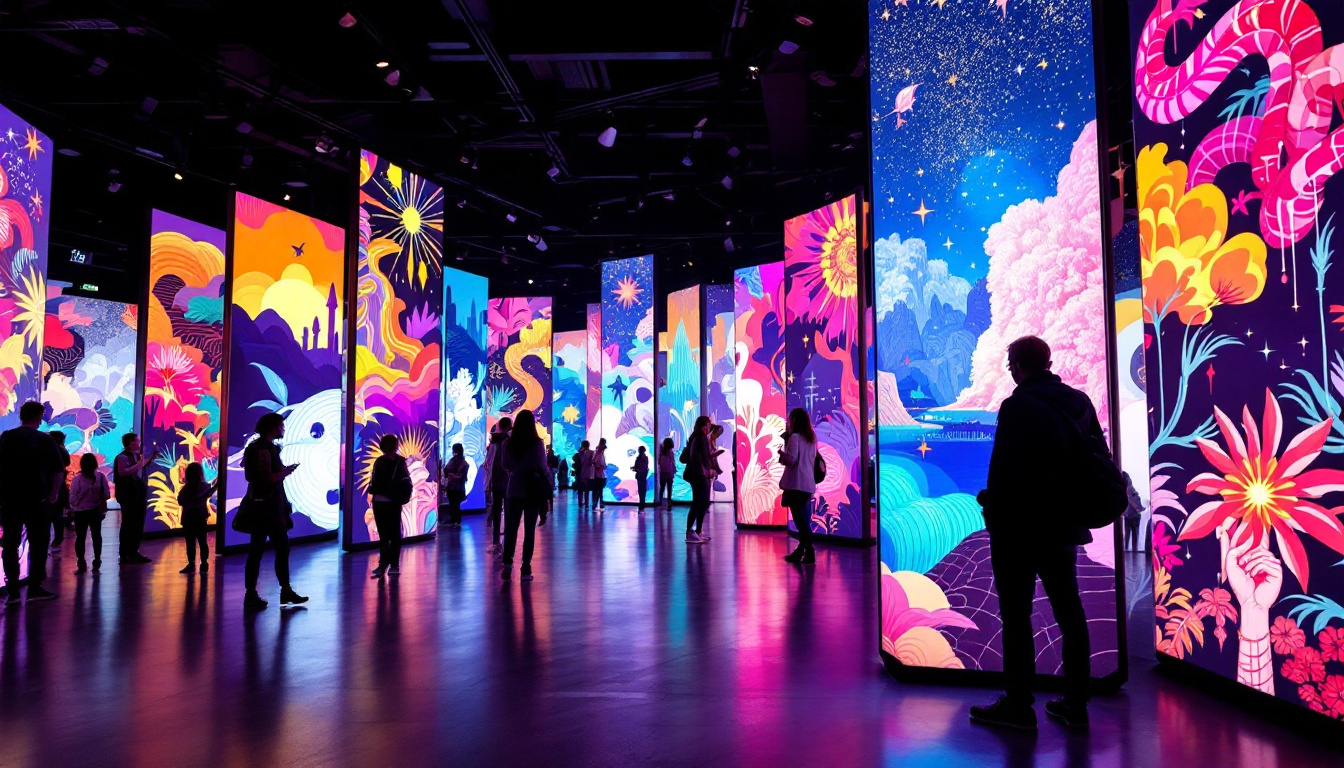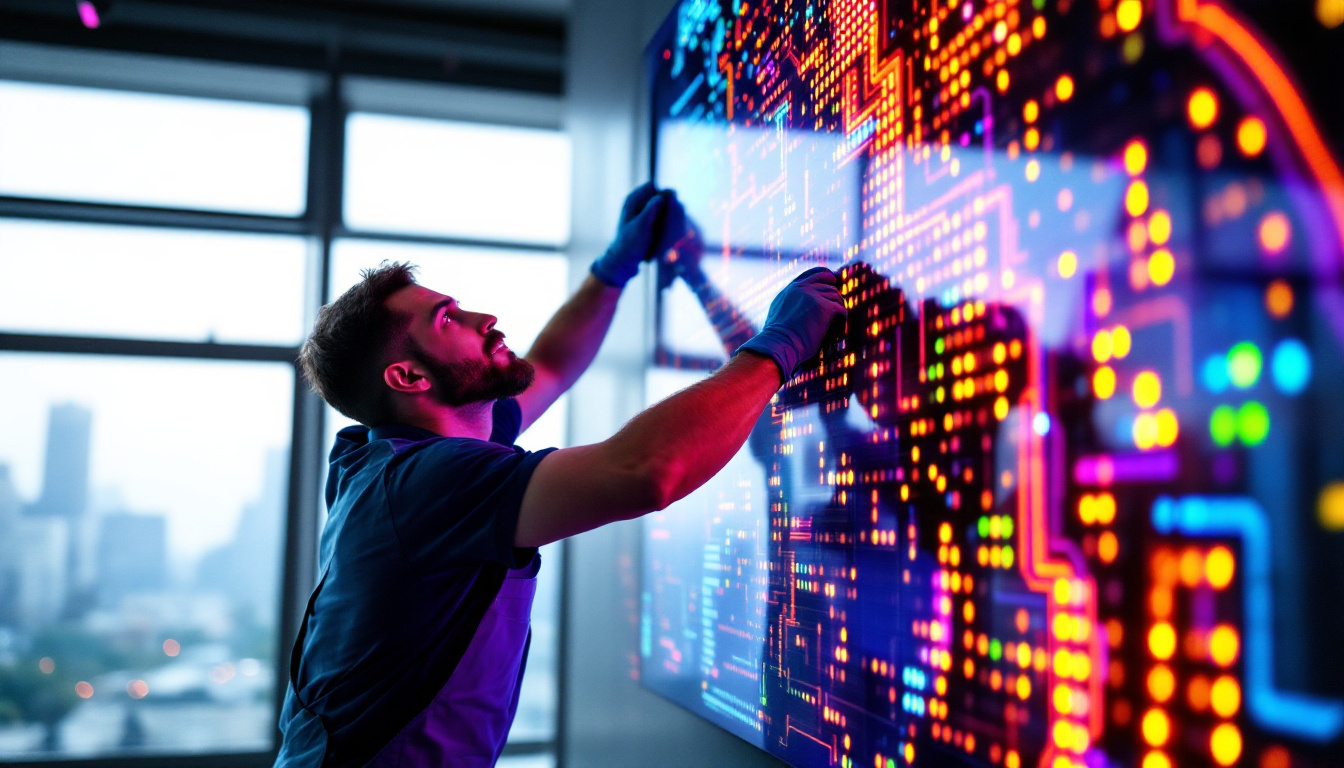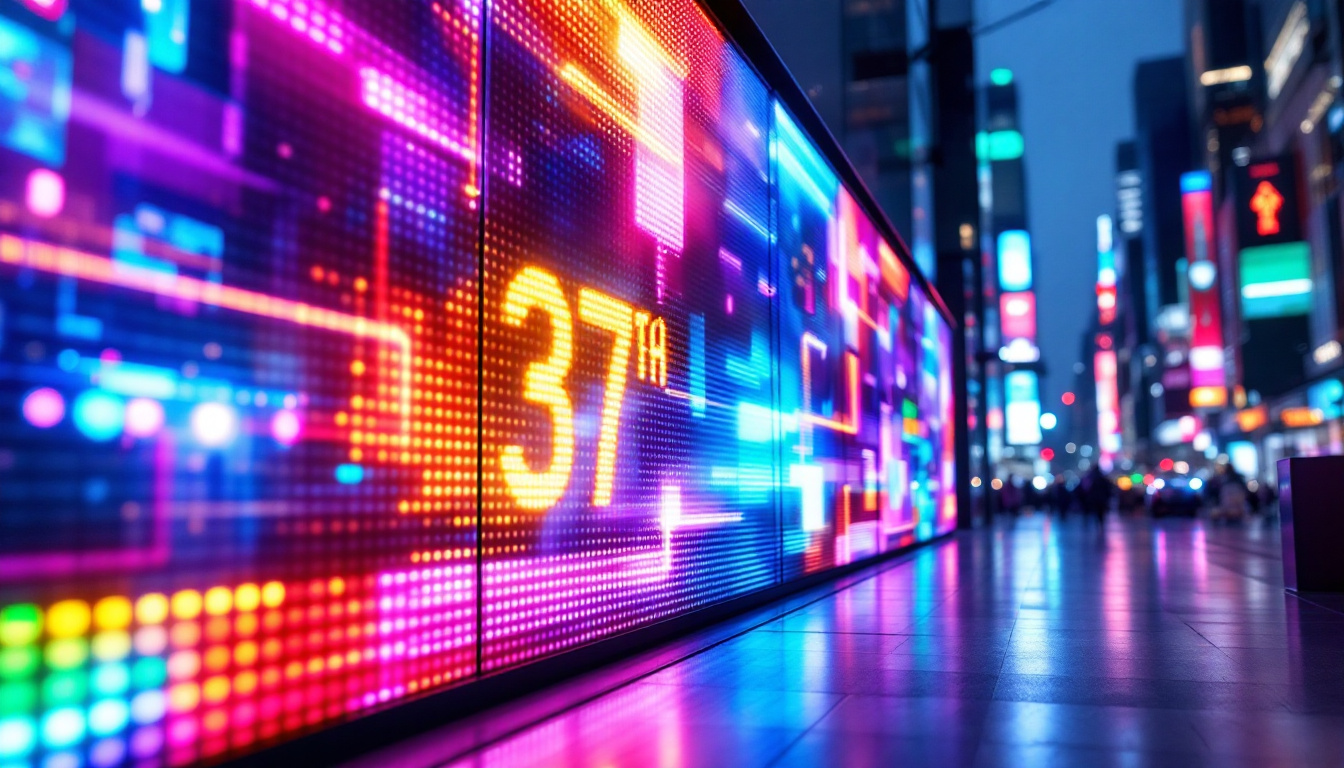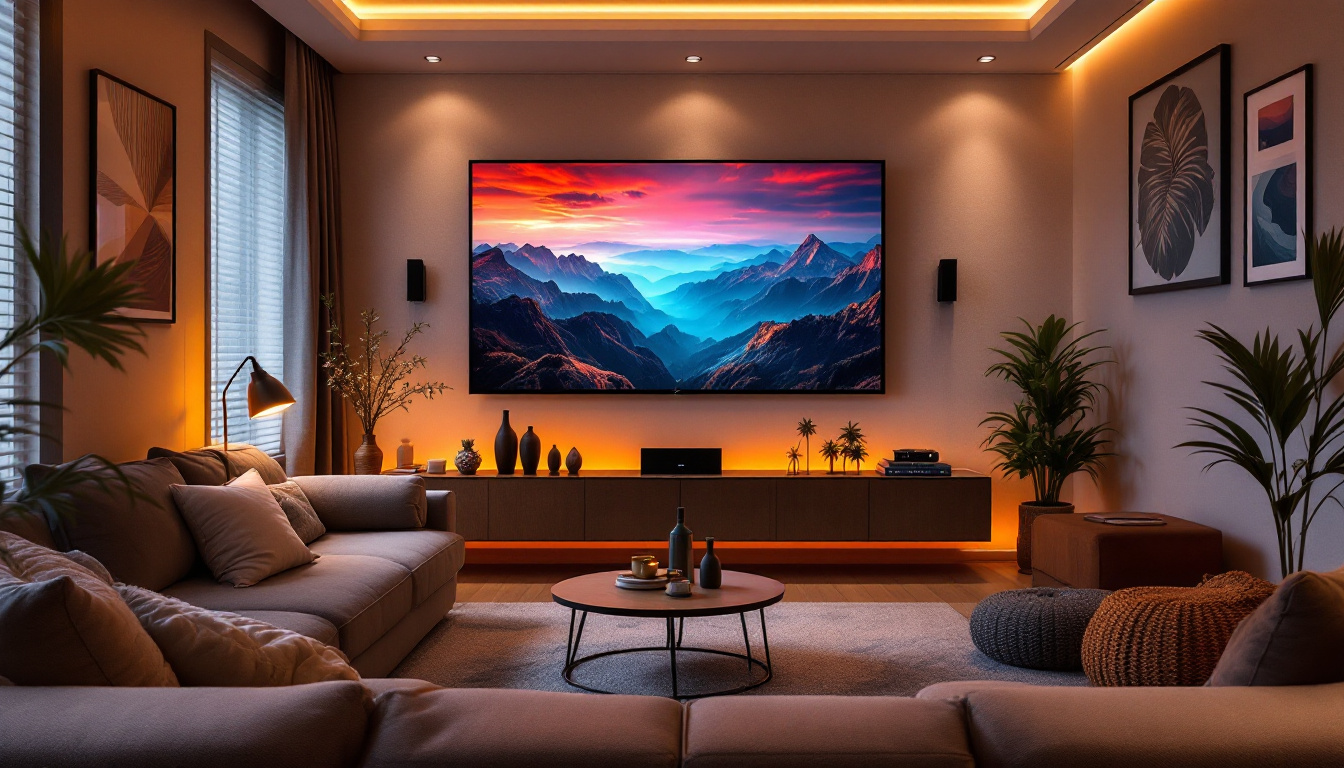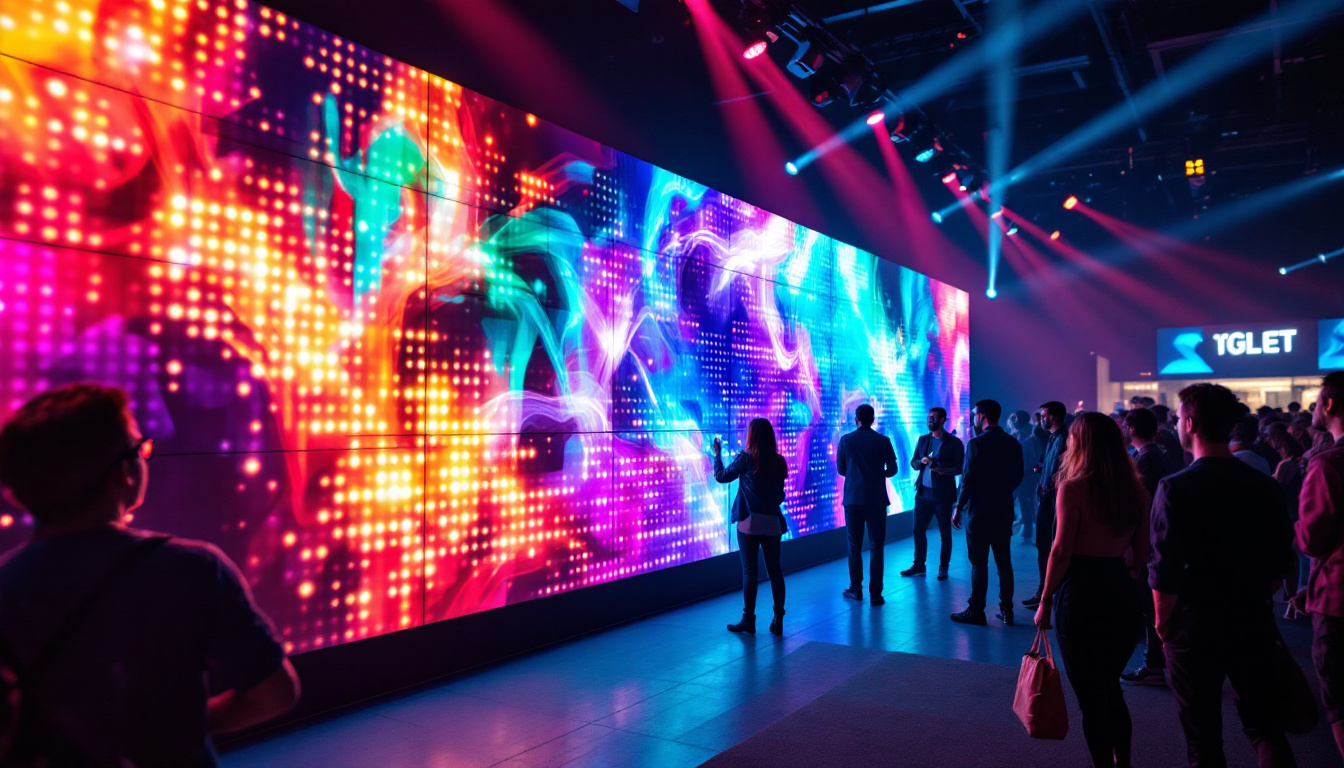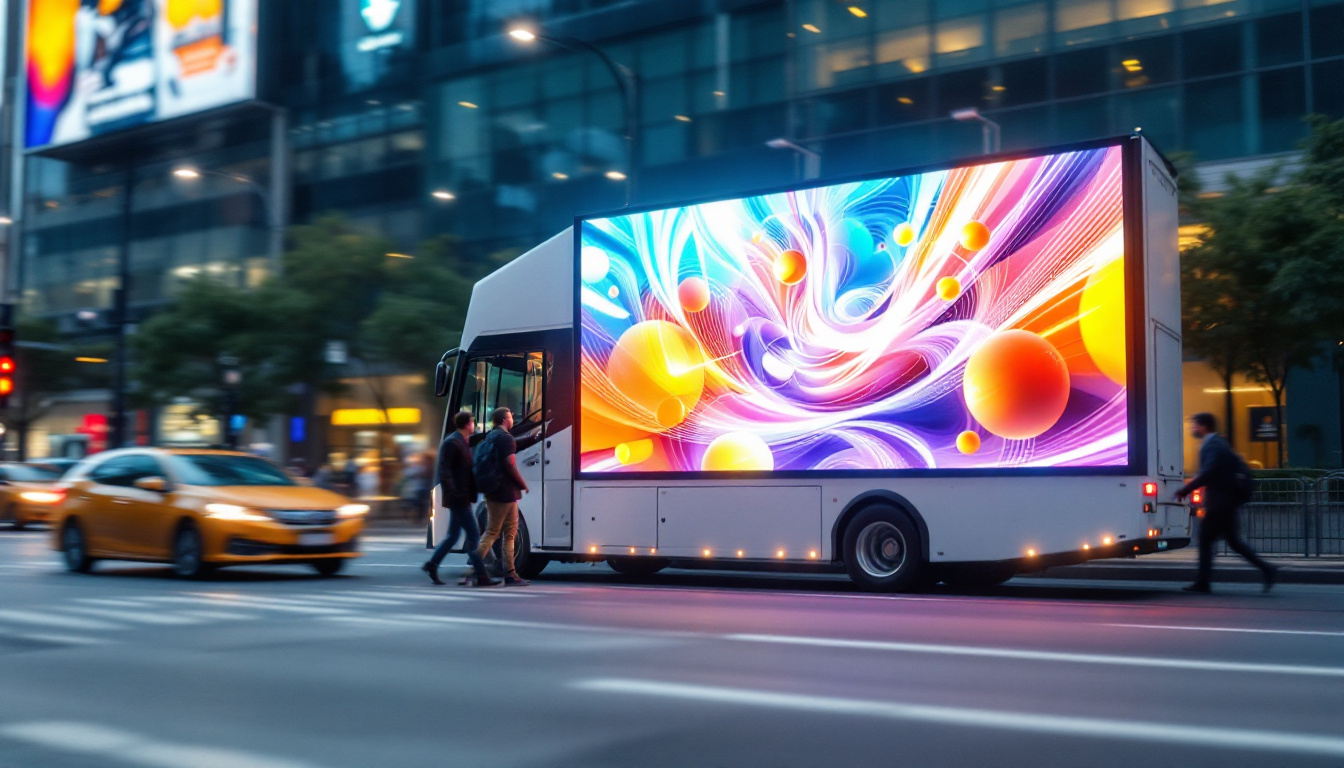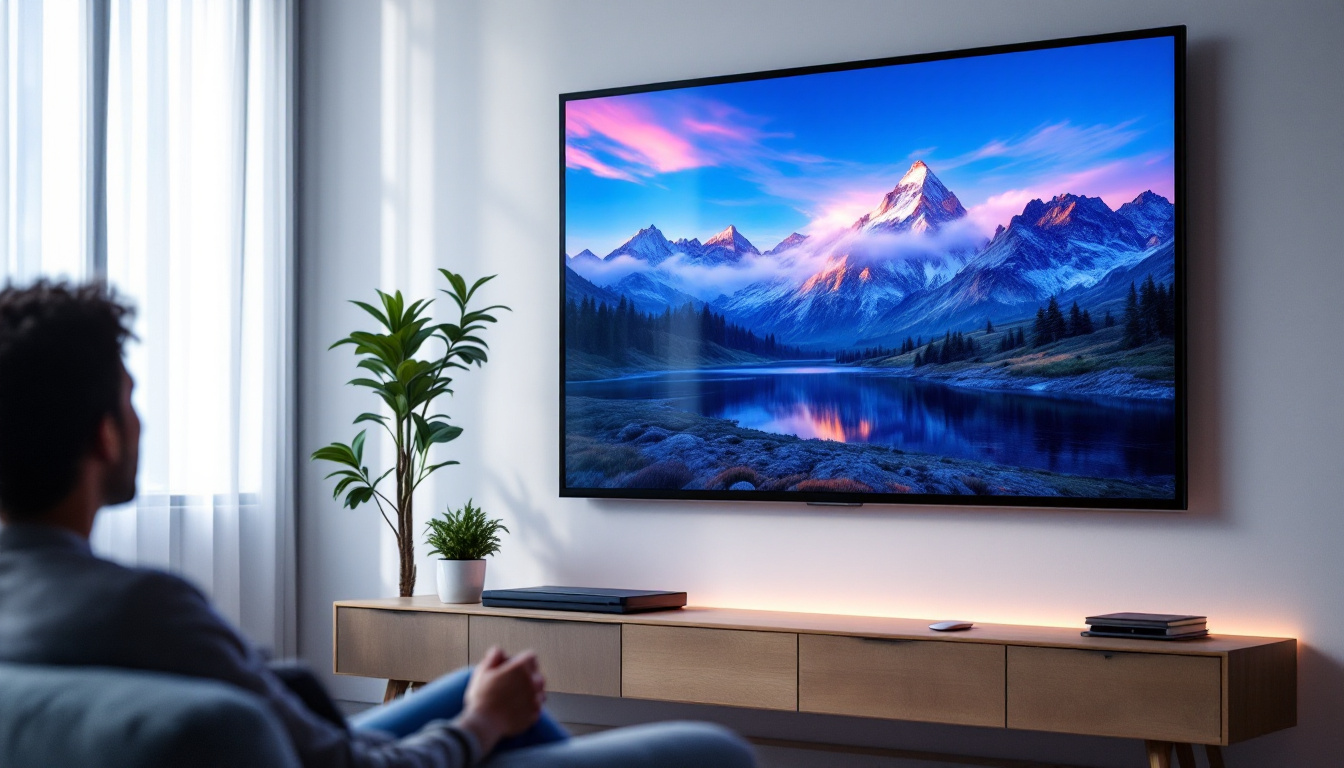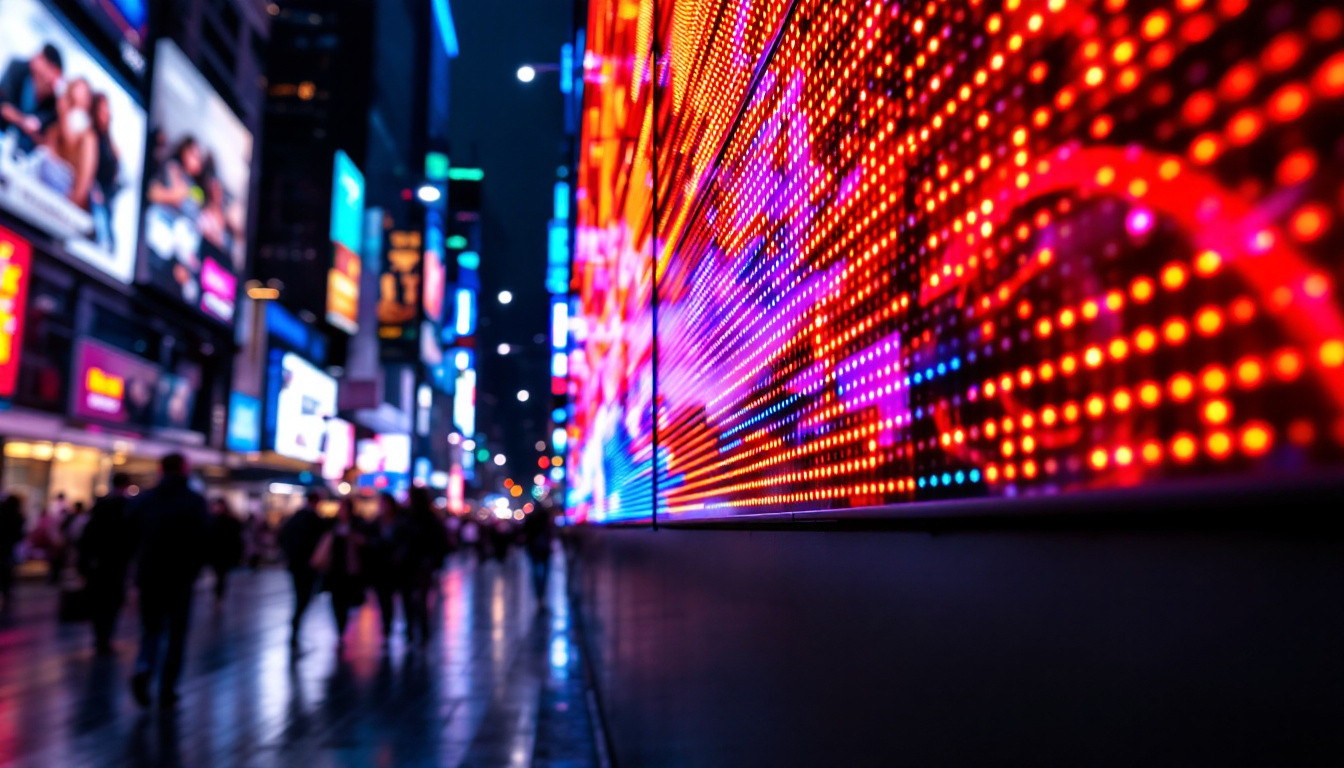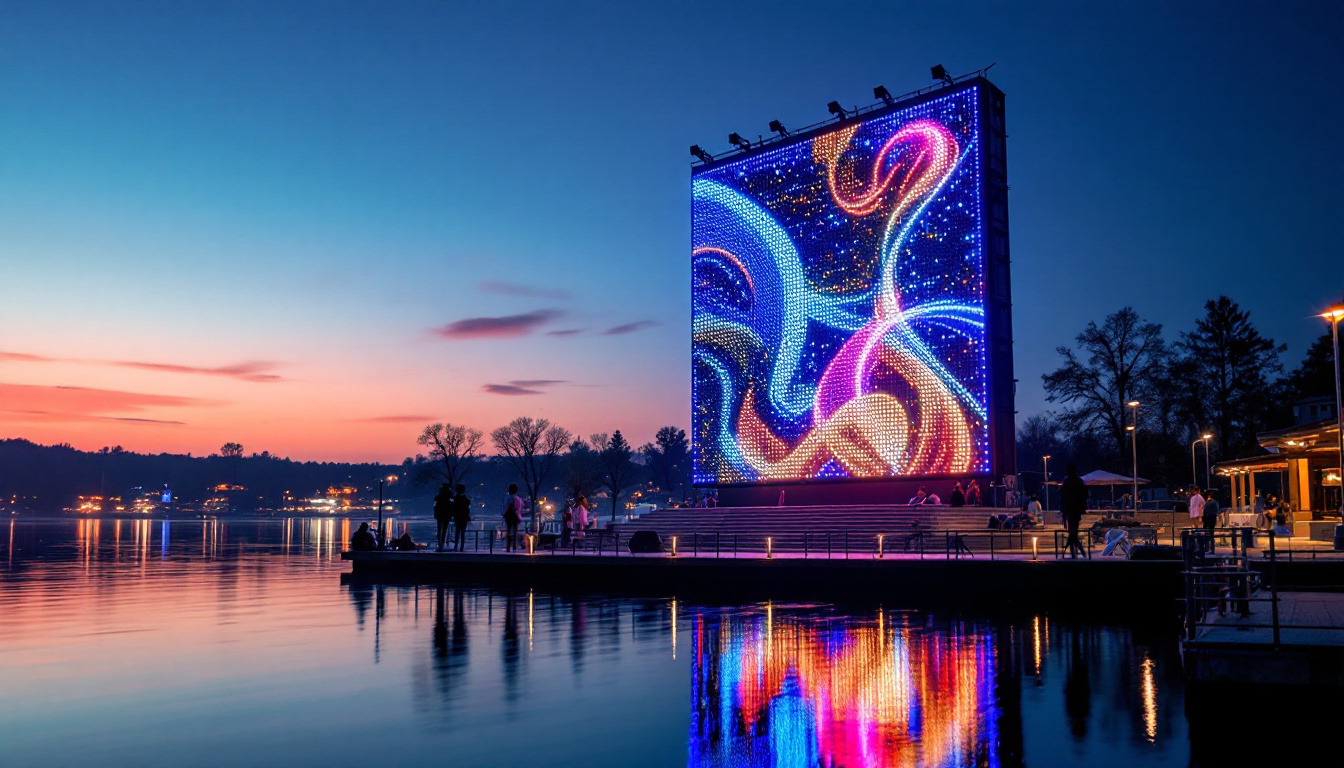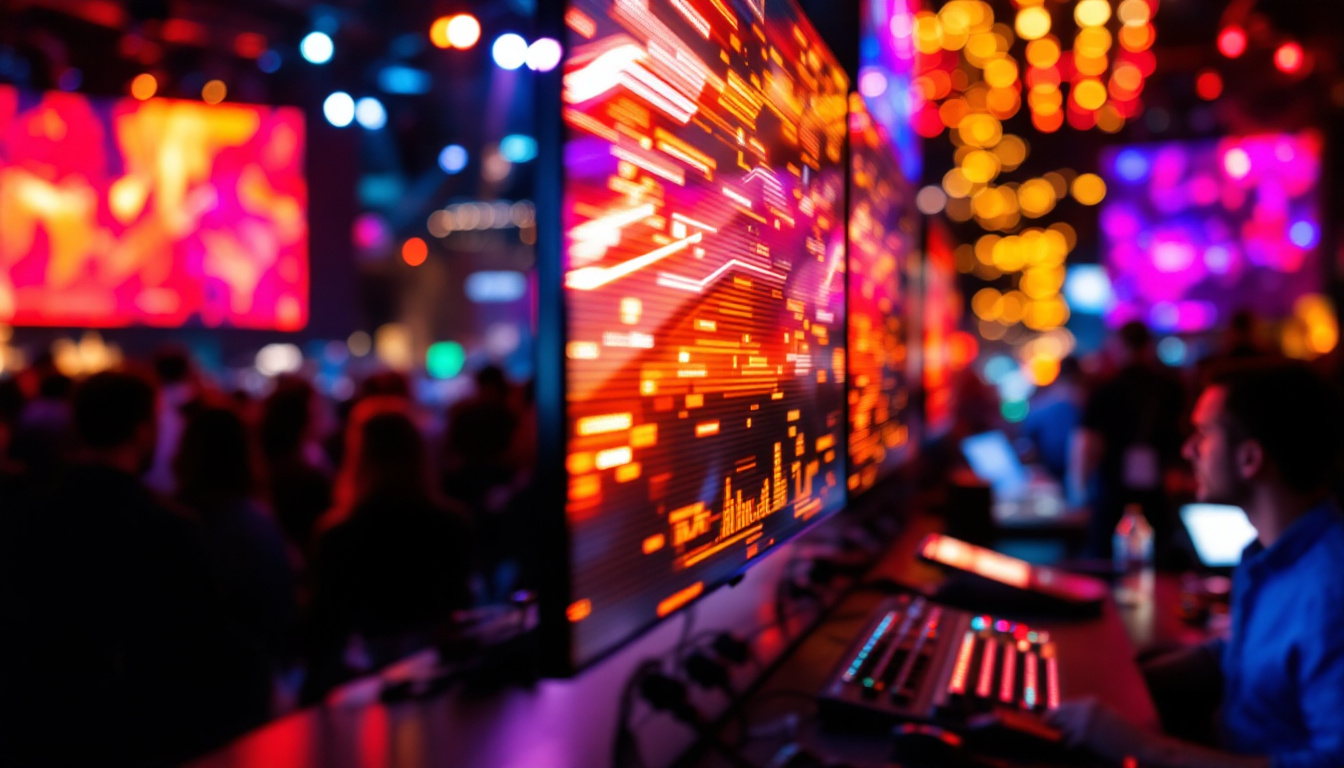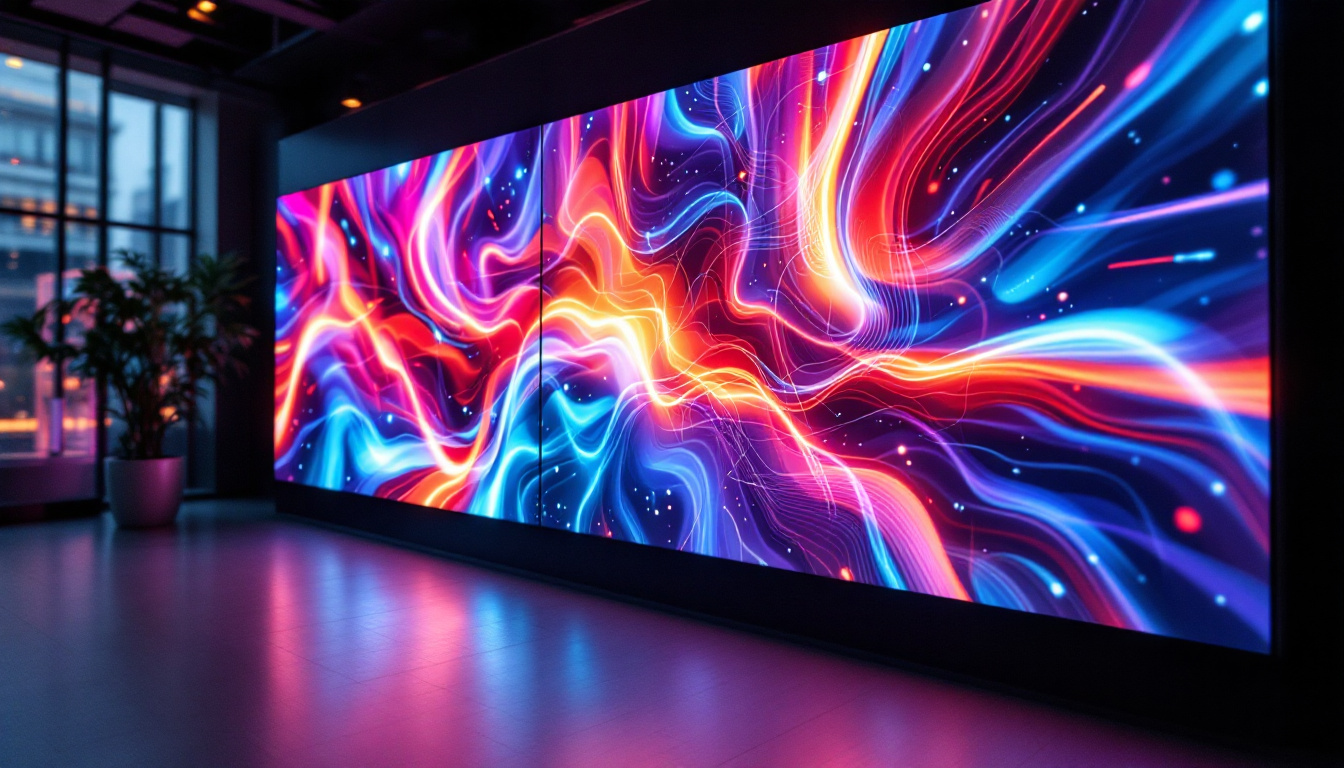In the vibrant landscape of Southern California, LED video walls have emerged as a transformative technology for various industries. From entertainment venues to corporate spaces, these displays offer unparalleled visual experiences that captivate audiences and enhance communication. This article delves into the intricacies of LED video wall integration, exploring their benefits, applications, and the technology behind them.
Understanding LED Video Walls
LED video walls are large-scale displays made up of multiple LED panels that work together to create a cohesive image or video. These walls are not just about size; they are about delivering high-quality visuals that can be seen from various angles and distances. The technology behind LED video walls has evolved significantly, making them a popular choice for businesses looking to make a bold statement. From concerts and sporting events to corporate presentations and retail environments, LED video walls have become a staple in modern visual communication.
How LED Video Walls Work
At the core of LED video walls is the use of light-emitting diodes (LEDs) that produce bright and vibrant colors. Each panel consists of thousands of tiny LEDs that can be individually controlled, allowing for precise color reproduction and brightness levels. This technology enables the display to showcase everything from high-definition videos to dynamic graphics, making it suitable for various applications. Additionally, the modular design of LED panels allows for easy maintenance and replacement, ensuring that any issues can be quickly addressed without significant downtime.
Moreover, LED video walls can be configured in different shapes and sizes, making them versatile for any setting. Whether it’s a curved display for an immersive experience or a rectangular setup for straightforward presentations, the adaptability of LED technology is a significant advantage. This flexibility is particularly beneficial in environments where space is limited or where unique architectural features need to be complemented, allowing designers to create stunning visual experiences that captivate audiences.
Types of LED Displays
There are several types of LED displays used in video wall integration, each catering to different needs and environments. The most common types include:
- Direct View LED: These displays are made up of individual LED modules that create a seamless image. They are ideal for large venues and outdoor settings due to their high brightness and durability. Their ability to withstand various weather conditions makes them a popular choice for outdoor advertising and events.
- LED Backlit LCD: These displays use LED technology to backlight an LCD panel. While they offer good image quality, they are not as bright or vibrant as direct view LED walls. However, they are often more cost-effective and can be used in environments where extreme brightness is not a priority.
- Fine Pitch LED: With pixel pitches that are smaller than traditional LED walls, fine pitch displays provide exceptional resolution and clarity, making them suitable for close viewing distances. These displays are particularly favored in control rooms and broadcast studios, where detail and precision are paramount.
In addition to these common types, there are also specialized LED displays designed for specific applications. For instance, transparent LED displays are gaining traction in retail environments, allowing products to be showcased behind the screen while still delivering vibrant advertising content. Similarly, flexible LED screens can be bent and shaped to fit unconventional spaces, opening up new possibilities for creative installations. As technology continues to advance, the range of LED display options will likely expand even further, offering innovative solutions for visual communication challenges.
Benefits of LED Video Walls
The integration of LED video walls offers numerous advantages that can significantly impact a business’s marketing and communication strategies. Understanding these benefits can help organizations make informed decisions about their display needs.
Enhanced Visual Impact
One of the most significant benefits of LED video walls is their ability to deliver stunning visuals. The brightness and color accuracy of LED technology ensure that content is displayed vividly, capturing the attention of viewers. This is particularly important in crowded environments like trade shows, concerts, and sports events, where standing out is crucial.
Additionally, the large format of video walls allows for creative content presentations, such as dynamic animations and interactive displays. This not only engages the audience but also enhances brand recognition and recall.
Versatility and Customization
LED video walls can be customized to fit various spaces and themes, making them incredibly versatile. Businesses can choose from different sizes, shapes, and configurations to create a display that aligns with their branding and messaging. This adaptability extends to content as well, as video walls can easily switch between different types of media, including live feeds, pre-recorded videos, and social media streams.
Furthermore, the modular nature of LED panels allows for easy upgrades and repairs. If a panel fails, it can be replaced without the need to replace the entire wall, ensuring minimal downtime and cost-effectiveness.
Applications of LED Video Walls
LED video walls are utilized across various sectors, each leveraging the technology to achieve specific goals. Understanding the applications of these displays can highlight their importance in modern communication.
Entertainment and Events
In the entertainment industry, LED video walls are a staple for concerts, festivals, and live events. They provide a dynamic backdrop that enhances performances, allowing artists to connect with their audience visually. The ability to display high-resolution graphics and videos in real-time creates an immersive experience that elevates the overall atmosphere.
Moreover, event organizers can use LED walls for branding, showcasing sponsors, and providing information to attendees. This multi-functional use maximizes the impact of the display and adds value to the event.
Corporate Communication
For businesses, LED video walls serve as powerful tools for internal and external communication. In corporate environments, these displays can be used for presentations, training sessions, and video conferencing. The clarity and size of the visuals ensure that information is conveyed effectively, facilitating better understanding among employees.
Additionally, companies can utilize video walls in lobbies or reception areas to showcase brand messaging, company achievements, and promotional content. This not only enhances the visitor experience but also reinforces the brand’s image.
Retail and Advertising
In the retail sector, LED video walls are increasingly used for advertising and promotional displays. Their vibrant colors and high brightness attract customers’ attention, making them ideal for showcasing products and special offers. Retailers can also use these displays for interactive experiences, allowing customers to engage with the brand in innovative ways.
Furthermore, the ability to update content quickly and remotely means that retailers can adapt their messaging in real-time based on trends or inventory changes, providing a competitive edge in the fast-paced retail environment.
Challenges in LED Video Wall Integration
While the benefits of LED video walls are substantial, there are also challenges associated with their integration. Understanding these challenges is crucial for successful implementation.
Cost Considerations
The initial investment for LED video walls can be significant, especially for high-quality displays. Businesses must consider not only the cost of the panels but also installation, maintenance, and content management systems. However, many organizations view this as a long-term investment, given the potential for increased engagement and sales.
To mitigate costs, businesses can explore financing options or phased installations, allowing them to spread expenses over time while still benefiting from the technology.
Technical Expertise
Integrating an LED video wall requires a certain level of technical expertise, from installation to content management. Organizations may need to hire specialized professionals or work with experienced vendors to ensure proper setup and operation. This can add complexity to the integration process, particularly for businesses without in-house technical support.
Training staff on how to operate and maintain the system is also essential to maximize the investment. Ongoing support from vendors can help alleviate some of these challenges, ensuring that the technology is used effectively.
Future Trends in LED Video Walls
The landscape of LED video walls is continually evolving, driven by advancements in technology and changing consumer preferences. Staying informed about future trends can help businesses remain competitive and make strategic decisions regarding their display needs.
Increased Resolution and Clarity
As technology advances, the demand for higher resolution displays is growing. Fine pitch LED technology is becoming more prevalent, allowing for closer viewing distances without sacrificing image quality. This trend is particularly relevant in environments such as control rooms, broadcast studios, and high-end retail spaces, where clarity is paramount.
Additionally, the integration of 8K resolution displays is on the horizon, promising even more detailed visuals that can enhance viewer experiences across various applications.
Integration with Interactive Technologies
The future of LED video walls also lies in their integration with interactive technologies. Touchscreen capabilities and gesture recognition are becoming more common, allowing users to engage with the content in real-time. This interactivity can enhance customer experiences in retail environments and create more engaging presentations in corporate settings.
Moreover, the incorporation of augmented reality (AR) and virtual reality (VR) elements into LED displays can create immersive experiences that captivate audiences and provide unique storytelling opportunities.
Conclusion
LED video wall integration in Southern California represents a significant advancement in visual communication technology. With their ability to deliver stunning visuals, versatility, and diverse applications, LED video walls are transforming how businesses engage with their audiences. While challenges such as cost and technical expertise exist, the long-term benefits often outweigh these hurdles.
As technology continues to evolve, staying ahead of trends will be essential for businesses looking to leverage LED video walls effectively. By understanding the intricacies of this technology, organizations can make informed decisions that enhance their communication strategies and drive success in an increasingly competitive landscape.
Discover LumenMatrix’s Innovative LED Solutions
Ready to elevate your visual communication and captivate your audience with stunning LED displays? Explore LumenMatrix’s comprehensive range of LED solutions, from dynamic Indoor and Outdoor LED Wall Displays to versatile Vehicle and Floor LED Displays. Embrace the future of digital signage with our Custom, All-in-One, and Transparent LED Displays, designed to deliver your message with unparalleled impact and clarity. Check out LumenMatrix LED Display Solutions today and transform your space into a visual spectacle.


